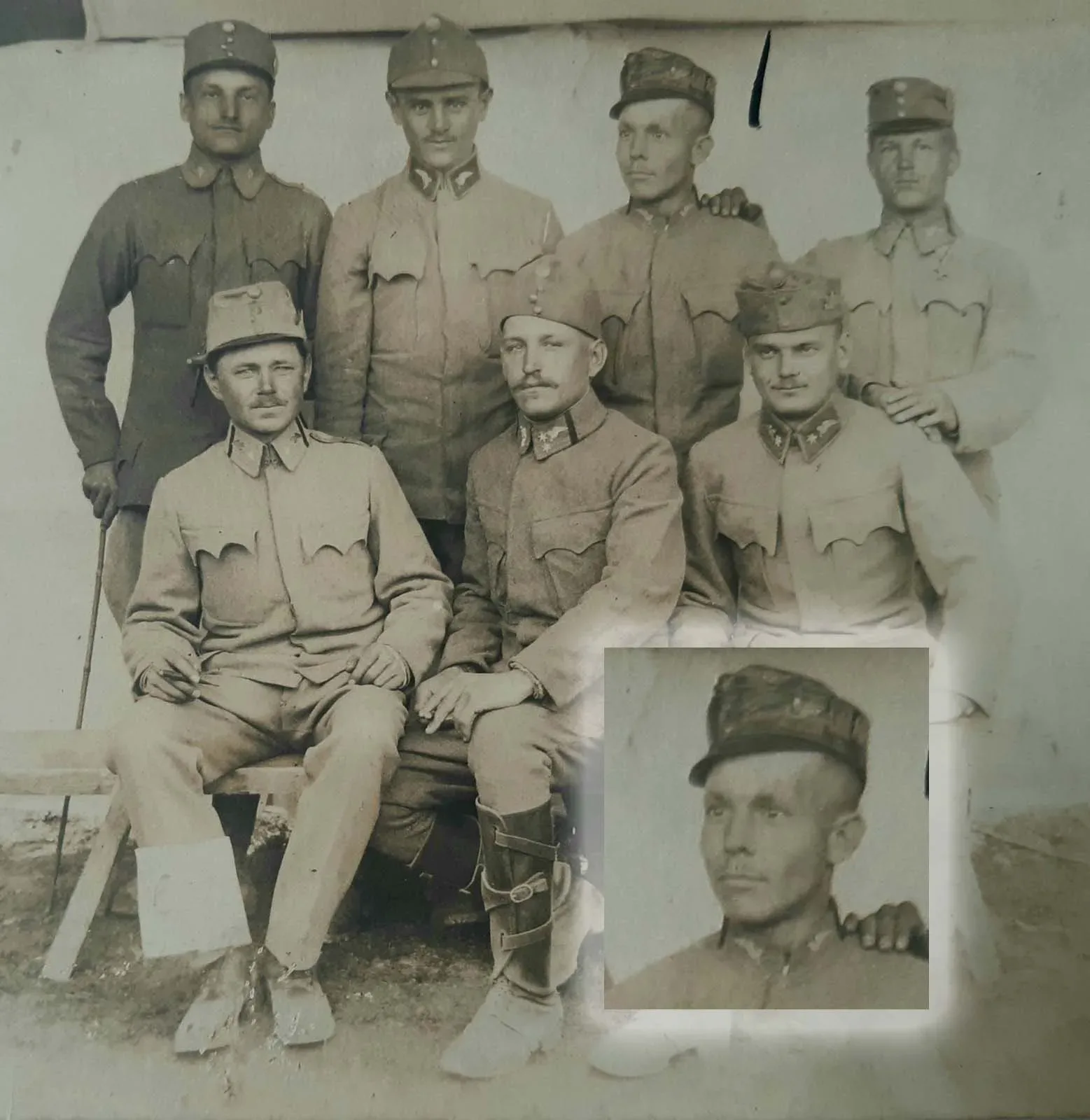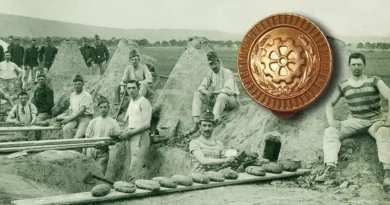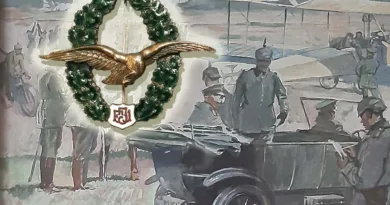Car driver collar badge
A brand new post from Gábor Széplaki:
The first copies of the crafts insignia used in the army of the Austro-Hungarian monarchy were made long before the Great War. In 1909, the insignia badge of the automotive troops was introduced as the fifth in chronological order. The pair of badges is mirrored to the centerline of the body, meaning it has pieces to wear on the right and left lapels. The badge itself depicts a winged steering wheel with an axle ending in a spear-like peak. The meaning of the depiction of the badge is metaphorical: there is nothing impossible with mechanized transport, as if humanity were given wings to overcome time and distance. The winged wheel emblem of railway crew expresses this in a similar way.

The badges came from the workshops of several manufacturers in the territory of the Monarchy, accordingly many small differences can be discovered in their design. For example in the representation and design of the wings, steering wheels, axles, in the relative proportions of the individual parts. The materials used in the production also show diversity. Larger specimens of approximately 460 mm x 390 mm made of a thin sheet of white metal, grey metal, or aluminum were generally used for the crew. But chrome-plated or silver-painted specimens are also known. Where there were two or three rosettes denoting ranks or stock categories on the collar drive, smaller insignia measuring approximately 340 mm x 240 mm were used behind them. This smaller winged steering wheel is well visible on the decimal collar of leather leggings sitting in the middle of the opening image.

A silver-colored metal badge was arranged for the non-ranked crew and the non-commissioned officers, and a gold-colored metal badge for the ensigns and officers. The chief officers also wore a silver badge on the gold trimmings for better visual perception. Officers also often wore artistic badges embroidered with gold and silver metal threads instead of metal pieces.

The crafts badge appears on several Kappenabzeichen as a clear symbol of the troop. At the bottom of the general car driver badge, the motif was depicted in pairs, mirrored on top of each other, as in the case of the Driver Skill Award.

Half of the couple of car badges appear on the 1917 badges of the artillery detachment supporting the Turkish Empire and on the 1918 badges of the 156th car column in Klagenfurt:


The winged steering wheel also greets you back on one of the Isonzo Army’s well-known badges. Wearing this can be seen in the top row from right to second soldier’s cap. So far, I have not found any photographic evidence that the insignia badge itself was worn with a cap.

The winged steering wheel motif has become a symbol that appears after the disintegration of the Austro-Hungarian Monarchy, both on the insignia of the army of the Republic of Austria and on the insignia of their Royal Hungarian Armed Forces. Moreover, we can find this in the Austrian army in the years after the Second World War.
The insignia were first removed from the collar in the Royal Hungarian Army on the basis of a 1919 decree. In the case of “mirrored” badges, such as a car or a machine gunner, the left-hand piece of the pair of badges, called a qualification badge, was placed on the left upper arm of the tunic. Most of the time, it was placed on a triangle with a gun-colored washer hemmed with string, but in many cases without a hem and underlay, only the badge was placed on the uniform. The regulation first stipulates that professional badges can only be used without a crown, but the latter has often not been removed. The vast majority of vocational badges were in use until the mid-1930s, but in the case of car teams, this distinctive mark remained until the end of World War II. The qualification badge was bent a little curved.





